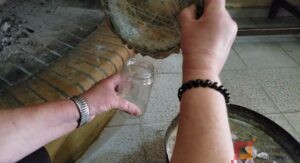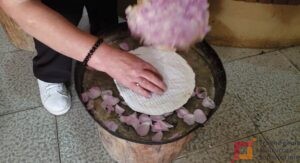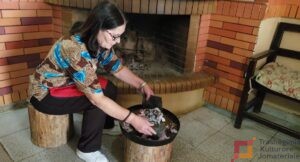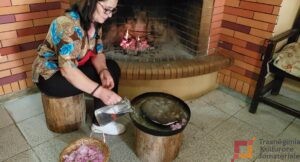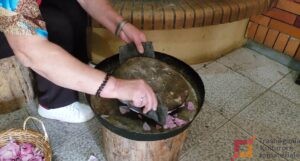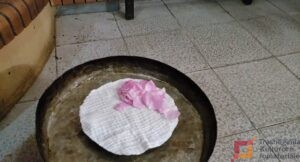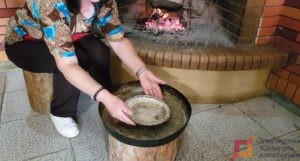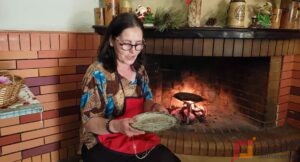Rose is a two-meter thorny ornamental shrub with large alternate and pinnately compound, beautiful, up-curled, pleasant smell flowers in white, red, yellow, etc. Botany knows over 100 types of roses. The name rose comes from French, respectively from the Latin rosa. It originates from Persia. The rose used to obtain the essential oil is rosa Damascena which grows mainly in Albania, Turkey, Bulgaria, Iran, India, and China.
Petals or flowers are often used as a fragrance, for syrup, and for essential rose water or rose oil. Rose perfumes are usually obtained from rose essence or oil, a blend of volatile essential oils derived by steam distilling crushed rose petals. The essential oil is transparent light yellow or yellow to gray and its production is very expensive because one gram of oil requires about two thousand flowers. The rose is indeed called the “queen of all flowers” and the essential oil extracted from this flower is among the most expensive.
Rose water can be used on wet wipes and regulates conjunctivitis inflammation, sunburn, wounds, and high fever. All rose products are both very precious and very effective beauty products. They clean, regenerate, heal, and reduce wrinkles and can be used for any type of skin, especially infected, dry, and very sensitive skin. The daily spread-out of a certain amount renews the cells, increases elasticity and smoothness of the skin, thoroughly gets rid of fine lines, smooths out deep wrinkles, etc.
How to make rose water.
Harvesting roses.
Roses harvest best from 15 to 30 June. Roses should be harvested early in the morning before the morning dew evaporates.
Preparing sahani (clay pot)
The clay pot must be tinned copper and with a notched rim. A reel of thread is made ready, and a spider’s web-like grid is woven on the upper part of the pot fitting with the pot notches. A cotton cloth is prepared the size of the pot and placed over the grid already formed. Two or three inches thick rose petals are lined up in the pot and a white paper is placed on top. In the meantime, the fire which should have become cinders is prepared. A thin flat piece of stone is placed over the white paper. The pot is placed on a baking pan with fresh water. A layer of ashes is spread all the way off the piece of stone and further fed with prepped cinders. This content stays still for about 1 hour. Later, the piece of stone is taken off while rose petals have been densely packed in and shaped in yellow fig bread. At the bottom of the pot, a rose aqueous extract is obtained.
How to preserve rose water
Water is poured into a glass bottle. This process goes over and over until the bottle at hand is filled. Then, a tablespoon of the water obtained a year ago is poured into the bottle, which is used as a ferment. Next, the bottle is placed in a sunny area and let sit for as long as 15 consecutive days. During this time, the water “goes wild” and releases its entire aroma. The rose water bottle is ready to use. The obtained rose water is stored in a cool place. Petals left over from drying are placed in a sergjen (wood closet shelving) between quilts and sheets to spread all over them the rose scent as well as to prevent and scare off moths.


